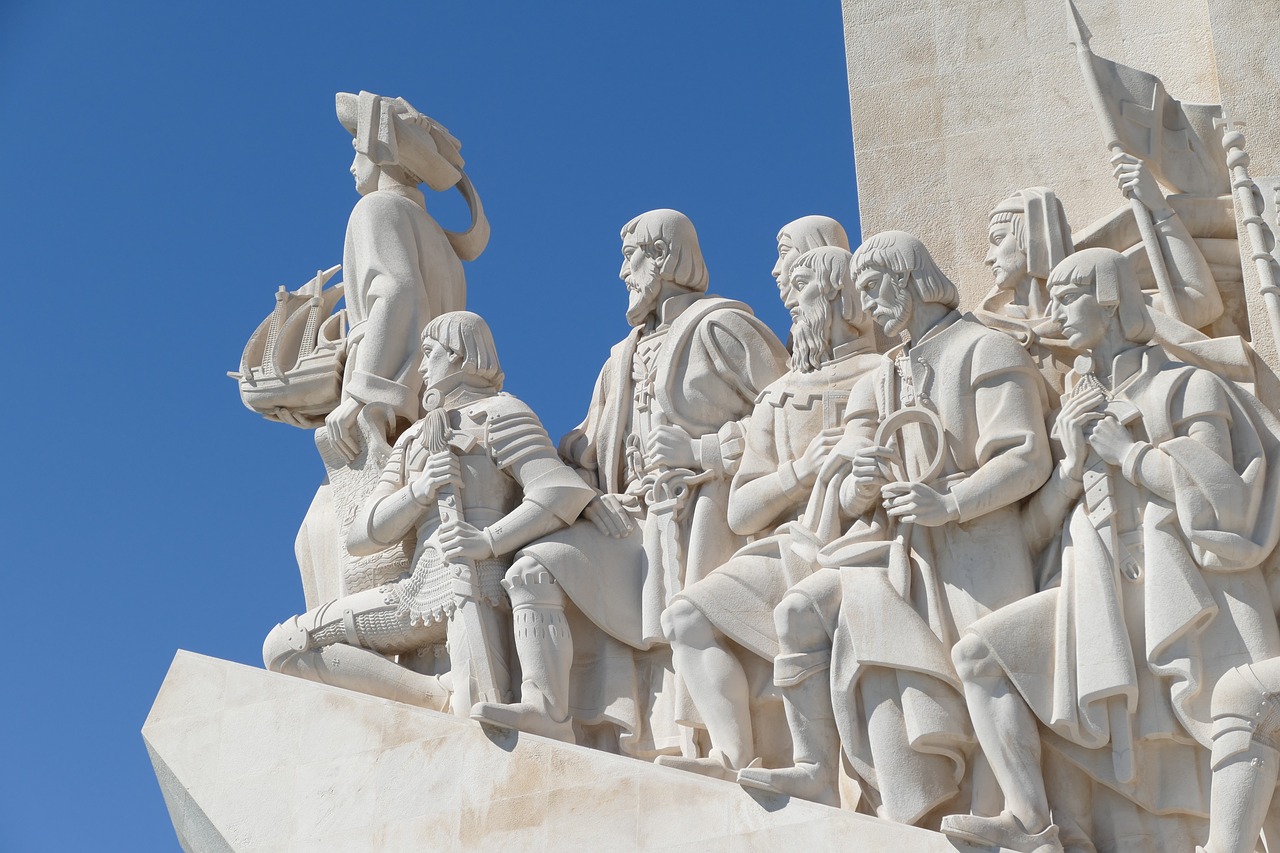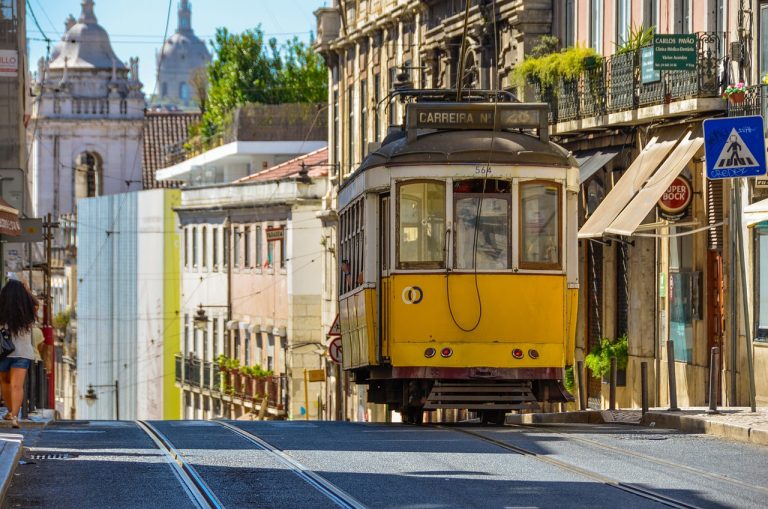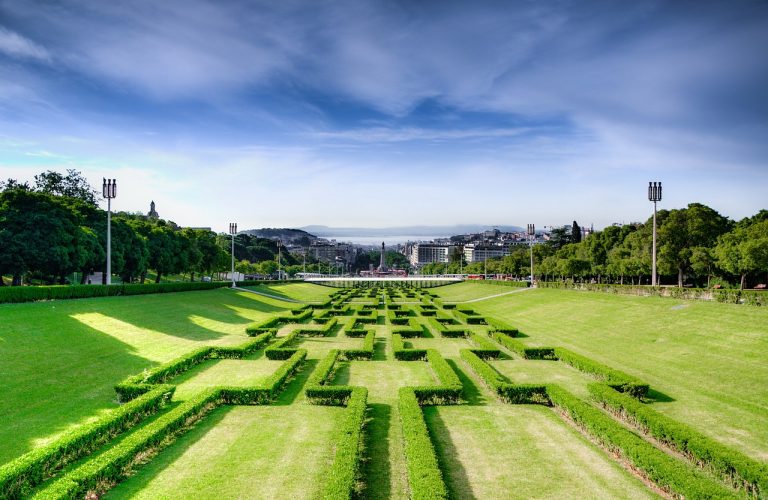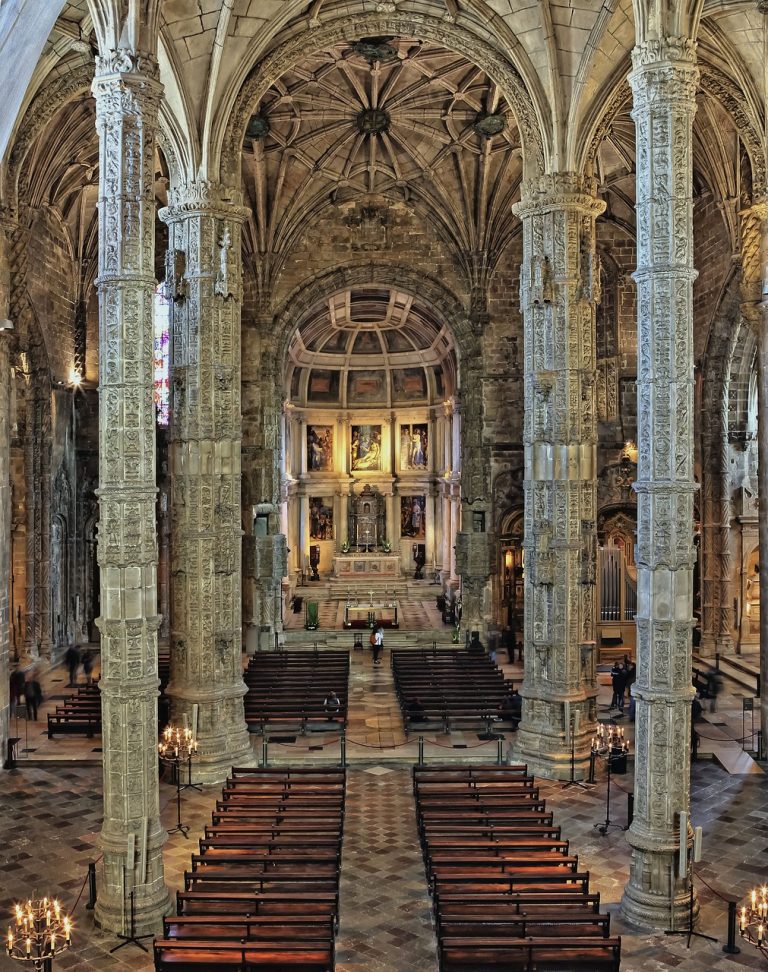Lisbon Portugal Video
Local Arts and Culture: Museums of Lisbon Portugal
Lisbon, the capital city of Portugal, is renowned for its rich arts and culture scene. The city is home to a diverse range of museums that showcase the history, art, and cultural heritage of the country. From ancient artifacts to contemporary art, these museums offer a fascinating journey through Portugal’s past and present. In this article, we will explore ten prominent museums in Lisbon, each with its own unique collection and theme.
Museu Nacional do Azulejo
The Museu Nacional do Azulejo, also known as the National Tile Museum, is dedicated to the art of Portuguese tiles, known as azulejos. Located in the former Madre de Deus Convent, this museum houses a vast collection of tiles dating back to the 15th century. The museum showcases the evolution of tile art in Portugal, from traditional blue and white designs to intricate patterns and motifs. Visitors can admire the stunning tiled panels and learn about the history and techniques behind this unique art form.
- Tile Art History: Discover the origins of azulejos and how they became an integral part of Portuguese culture.
- Evolution of Tile Designs: Explore the different styles and influences that shaped tile art in Portugal over the centuries.
- Religious and Historical Themes: Learn about the religious and historical narratives depicted in the tile panels, showcasing important events and figures in Portuguese history.
- Tile Production Techniques: Gain insight into the intricate process of creating azulejos, from molding the clay to painting and glazing the tiles.
- Contemporary Tile Art: Discover how modern artists continue to innovate and push the boundaries of tile art.
Lisbon Portugal Image 1: 
Museu Nacional de Arte Antiga
The Museu Nacional de Arte Antiga, or the National Museum of Ancient Art, is one of the most important art museums in Portugal. Housed in a 17th-century palace, the museum boasts an extensive collection of paintings, sculptures, and decorative arts from various periods. Visitors can admire masterpieces by renowned artists such as Hieronymus Bosch, Albrecht Dürer, and Hans Holbein the Younger. The museum also showcases Portuguese art from the Middle Ages to the 19th century, providing a comprehensive overview of the country’s artistic heritage.
- European Art Collection: Explore the museum’s impressive collection of European art, featuring works from the Renaissance, Baroque, and Romantic periods.
- Portuguese Art through the Ages: Discover the evolution of Portuguese art from the medieval period to the 19th century, including religious paintings, portraits, and landscapes.
- Masterpieces: Admire iconic works such as Hieronymus Bosch’s “Temptation of St. Anthony” and Albrecht Dürer’s “St. Jerome.”
- Decorative Arts: Marvel at the exquisite collection of decorative arts, including furniture, ceramics, silverware, and textiles.
- Outdoor Sculpture Garden: Take a stroll through the museum’s charming garden, adorned with sculptures from different periods.
Lisbon Portugal Image 2: 
Museu Calouste Gulbenkian
The Museu Calouste Gulbenkian is named after its founder, Calouste Gulbenkian, an Armenian businessman and philanthropist. This museum houses Gulbenkian’s vast collection of art, which he bequeathed to the Portuguese state upon his death. The collection spans various periods and includes Egyptian, Greco-Roman, Islamic, European, and Asian art. Visitors can explore the museum’s galleries, which showcase paintings, sculptures, jewelry, and decorative arts from around the world.
- Egyptian Art: Discover the museum’s impressive collection of ancient Egyptian artifacts, including sarcophagi, statues, and jewelry.
- Greco-Roman Art: Admire classical sculptures and pottery from ancient Greece and Rome.
- Islamic Art: Explore the intricate designs and calligraphy of Islamic art, including ceramics, textiles, and metalwork.
- European Art: Immerse yourself in European art from the 16th to the 20th century, featuring works by renowned artists such as Rembrandt, Monet, and Renoir.
- Asian Art: Experience the beauty and diversity of Asian art, with a focus on Chinese, Japanese, and Persian works.
Lisbon Portugal Image 3: 
Museu do Fado
The Museu do Fado is dedicated to the traditional Portuguese music genre known as fado. Located in the historic Alfama neighborhood, this museum tells the story of fado through interactive exhibits, audiovisual displays, and memorabilia. Visitors can learn about the origins of fado, its cultural significance, and the lives of famous fado singers. The museum also hosts live performances, allowing visitors to experience the soulful melodies and heartfelt lyrics of fado firsthand.
- History of Fado: Delve into the origins of fado and its evolution over time, from its roots in Lisbon’s working-class neighborhoods to its recognition as a UNESCO Intangible Cultural Heritage.
- Famous Fado Singers: Discover the lives and contributions of iconic fado singers such as Amália Rodrigues and Carlos do Carmo.
- Fado Lyrics and Themes: Explore the poetic and emotive nature of fado lyrics, which often touch upon themes of love, loss, and nostalgia.
- Fado Instruments: Learn about the traditional instruments used in fado, including the Portuguese guitar and the acoustic guitar.
- Fado Performances: Experience the hauntingly beautiful melodies of fado during live performances held at the museum.
Museu Coleção Berardo
The Museu Coleção Berardo, located in the Belém district of Lisbon, is a contemporary art museum that houses the private collection of Portuguese businessman Joe Berardo. The museum features an extensive collection of modern and contemporary art, including works by renowned artists such as Pablo Picasso, Salvador Dalí, and Andy Warhol. With a focus on international art movements, the museum showcases various styles and mediums, providing visitors with a glimpse into the world of contemporary art.
- Modern and Contemporary Art: Explore the museum’s collection of modern and contemporary artworks, featuring paintings, sculptures, installations, and multimedia pieces.
- International Artists: Admire works by internationally acclaimed artists, including Pablo Picasso, Joan Miró, and Francis Bacon.
- Art Movements: Discover different art movements represented in the collection, such as Cubism, Surrealism, Pop Art, and Minimalism.
- Temporary Exhibitions: Visit the museum’s rotating exhibitions, which showcase the works of emerging artists and explore contemporary themes.
- Art Education Programs: Take part in educational activities and workshops organized by the museum to deepen your understanding of contemporary art.
Museu Nacional dos Coches
The Museu Nacional dos Coches, or the National Coach Museum, is dedicated to the history and art of carriages and royal vehicles. Housed in a former riding arena in Belém, the museum’s collection includes beautifully crafted and ornately decorated coaches from the 17th to the 19th centuries. Visitors can marvel at the intricate details and craftsmanship of these historical vehicles, gaining insight into the transportation methods of the Portuguese monarchy.
- Royal Carriages: Admire the opulent carriages used by Portuguese kings and queens, featuring elaborate decorations, gilt embellishments, and luxurious interiors.
- Historical Context: Learn about the social and cultural significance of carriages during the monarchy period and their role in ceremonial events.
- Coachmaking Techniques: Gain an understanding of the craftsmanship involved in creating these lavish vehicles, from the construction of the wooden frames to the intricate metalwork and upholstery.
- Transportation Evolution: Explore the evolution of transportation methods over the centuries and how carriages played a vital role in society.
- Modern Carriage Collection: Discover the museum’s collection of contemporary carriages used by heads of state and other dignitaries.
Museu da Marioneta
The Museu da Marioneta, or the Puppet Museum, is dedicated to the art of puppetry. Located in the historic area of Madragoa, this museum showcases a wide range of puppets, from traditional string puppets to contemporary creations. Visitors can learn about the history and cultural significance of puppetry in Portugal and around the world. The museum also offers workshops and performances, allowing visitors to engage with this unique form of storytelling.
- History of Puppetry: Explore the origins of puppetry and its development across different cultures and time periods.
- Traditional Puppetry: Discover the traditional puppetry styles of Portugal, including the famous “Bonecos de Santo Aleixo” from Alentejo.
- International Puppetry: Learn about puppetry traditions from around the world, such as shadow puppets, glove puppets, and marionettes.
- Puppet Making: Participate in workshops where you can create your own puppet and learn the techniques used in puppet construction.
- Puppet Performances: Enjoy live puppet shows and performances that bring these inanimate characters to life.
Museu da Farmácia
The Museu da Farmácia, or the Pharmacy Museum, offers a unique glimpse into the history of pharmacy and pharmaceutical science. Located in the Chiado neighborhood, this museum showcases a vast collection of antique pharmaceutical instruments, remedies, and documents. Visitors can learn about the evolution of pharmacy practices, the development of medicines, and the role of pharmacists in society throughout history.
- Pharmacy History: Discover the origins of pharmacy and how it has evolved over time, from ancient remedies to modern pharmaceutical science.
- Antique Instruments: Admire a wide range of antique pharmaceutical instruments, including mortars, scales, distillation apparatus, and glassware.
- Medicinal Remedies: Learn about traditional medicinal remedies and the plants and substances used in their preparation.
- Pharmacy in Portugal: Explore the history of pharmacy in Portugal and the role of pharmacists in healthcare and society.
- Modern Pharmaceutical Science: Discover the advancements in pharmaceutical science and the development of modern medicines.
Museu da Electricidade
The Museu da Electricidade, or the Electricity Museum, is housed in a former thermoelectric power station in the Belém district. This museum explores the history and significance of electricity and its impact on society. Visitors can learn about the evolution of power generation and distribution, as well as the role of electricity in various industries. The museum features interactive exhibits, multimedia displays, and historical artifacts that bring the world of electricity to life.
- Power Generation History: Trace the history of power generation, from early experiments with electricity to the development of modern power plants.
- Industrial Revolution: Discover how electricity revolutionized industries such as manufacturing, transportation, and communications.
- Interactive Exhibits: Engage with hands-on exhibits that demonstrate the principles of electricity and its applications.
- Renewable Energy: Learn about the importance of renewable energy sources and their role in creating a sustainable future.
- Energy Conservation: Explore the concept of energy efficiency and the importance of responsible energy consumption.
Museu do Oriente
The Museu do Oriente, or the Orient Museum, focuses on the cultural and artistic heritage of Asia, particularly the countries connected to Portugal through historical trade routes. Located in the Alcântara district, this museum houses a diverse collection of art, artifacts, and documents from countries such as China, Japan,







